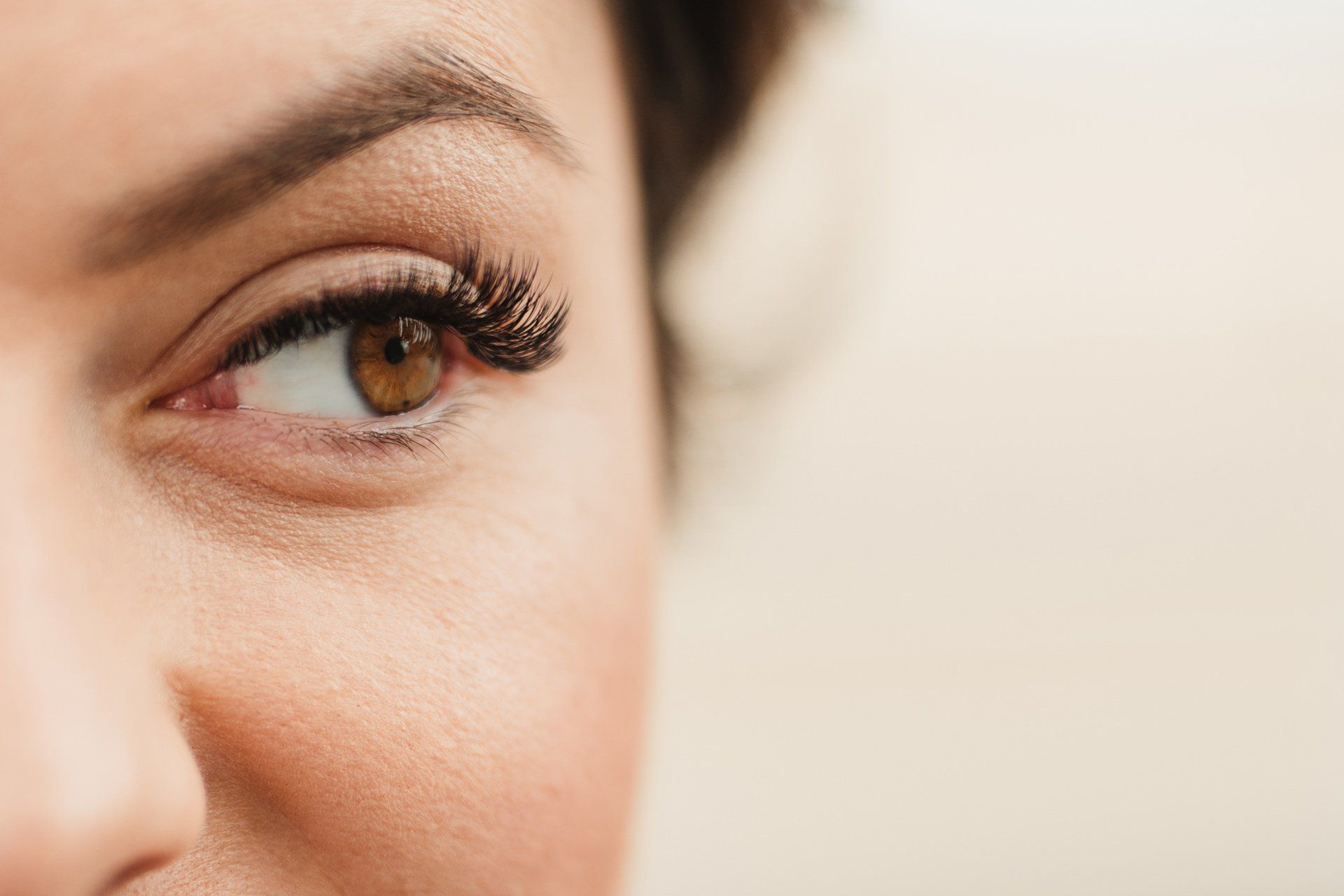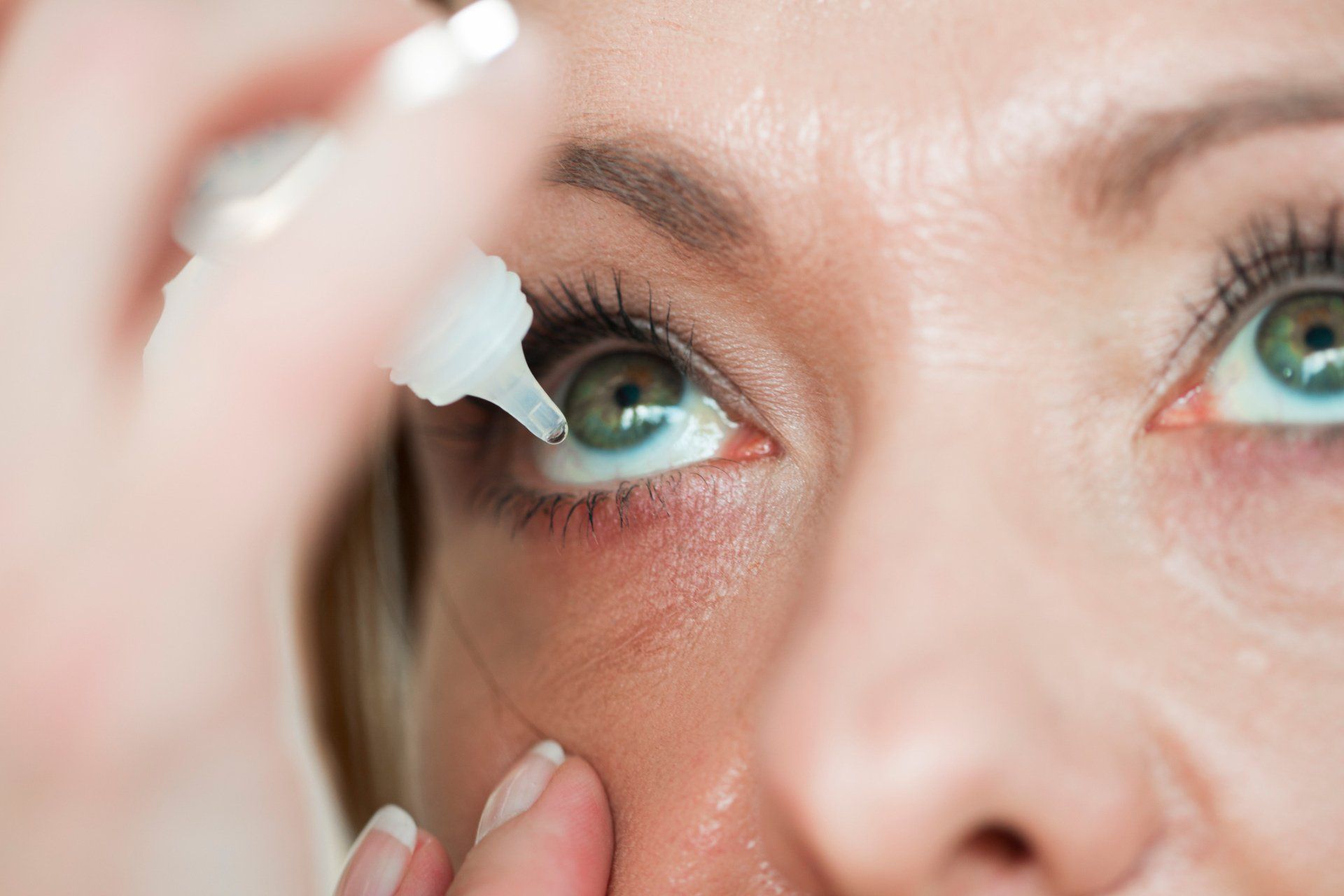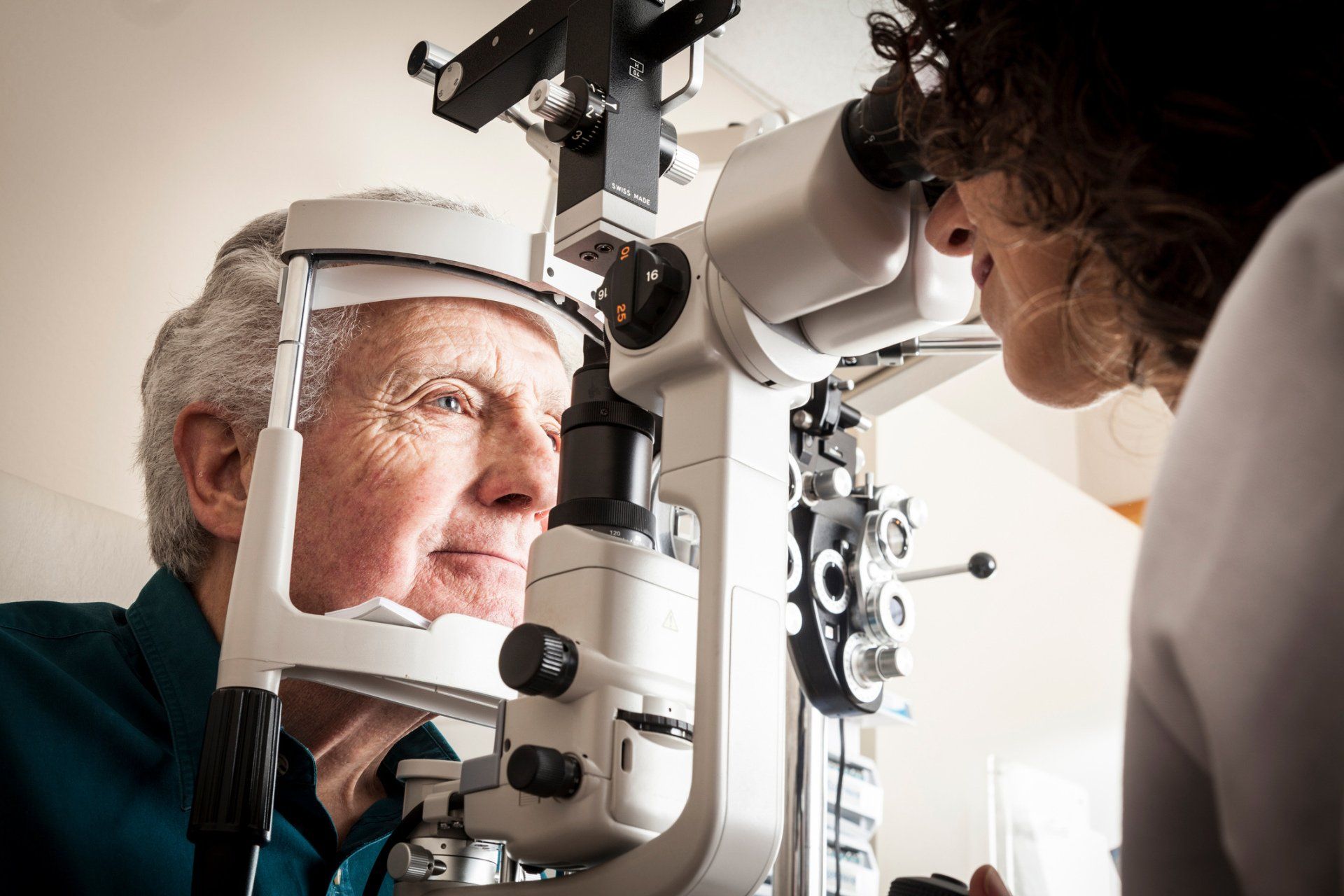Tucson Location:
Tucson Location:
Green Valley:
Green Valley Location:
Conditions Of The Eye
What is a cataract?
A cataract is the opacification of the natural lens. The lens is the portion of the eye immediately behind the iris. It acts like the lens of a camera focusing on an image.
Opacification may take a number of forms but the common endpoint is the lack of a sharply focused image on the retina. Using the camera analogy it is equivalent to having a dirty or distorted lens.
What causes cataracts?
Cataracts increase exponentially with age. They are common in those over 60 but do not always require removal. Other associations include ultraviolet light, diabetes mellitus, trauma to the eye, severe electrical shock, strong family history and steroid use.
What are the symptoms of cataracts?
Impairment of visual function usually occurs over years or decade but may proceed more rapidly. Painless loss of visual clarity. Glare and difficult night driving can be common symptoms.
How are cataracts treated?
Surgical removal with the placement of an intraocular lens is the best alternative when glasses no longer provide the quality of vision desired. Intraocular lenses are usually placed within the bag that formerly held the natural lens or cataract. The lenses are made of PMMA, acrylic or silicone. The natural lens is usually removed by first breaking it up into very small pieces by an ultrasonic technique called phacoemulsification. The remnants are then suctioned from the eye. The new lense is inserted into the eye to take the place of the cloudy lens that was removed.
When should I consider having my cataracts removed?
I like to use the analogy of cataracts being like a dirty window. Everyone has a different threshold for when the window is dirty enough that it requires washing. Similarly when you feel that performance of daily activities and functions is being impaired by visual inadequacy and no other cause can be found it is probably time to consider the removal of the cataract(s). A cataract in only one eye does not bother many individuals. If this is the case there is usually no need for surgery. Other people are annoyed with the lack of clarity in one eye or have trouble with the corresponding reduction in depth perception.
It is rare that cataracts require removal for any reason other than reduced clarity. An exception is when there is a need for improved visualization of the retina to follow or treat a disease process. Other obscure reasons include a degenerating lens capsule that produces inflammation or a swollen lens, which causes glaucoma. Medicare requires 20/40 vision or worse criteria for surgery but certain complementary tests, such as glare testing, is often helpful in assessing visual disability as well.
Improvement of vision is seen after 90-95% of cataract surgeries but complications do occur and visual loss is possible. For this reason it is imperative that the individual feels visual disability is sufficient for them to warrant the small risk of visual loss.
What is dry eye syndrome?
This occurs when the production of tears is not adequate to wet the eyes. Decreased tear production is seen with maturation and is worsened in dry, windy environments.
What are the symptoms of dry eyes?
A foreign body sensation or the feeling as if something is in the eye is very common. Tearing or watering is another very common finding. Blurred vision that clears with blinking is also frequently seen.
Why do eyes water when they are dry?
There are two tear systems. The first lubricates the eye constantly and these glands reside in the far recesses of the eyelids. The second flushes the eye when an irritant contacts the eye, one becomes emotionally upset or the first tear system does not work adequately. It is the latter case that causes the second system to become active in dry eye syndrome. This system produces tears so rapidly that the tear drainage system cannot keep up. As a result tears run over the eyelids in a manner similar to rain over running the gutter during a heavy rain.
Does anything make dry eye syndrome worse?
Yes. Low humidity, wind, air travel, forced heating, air conditioning, reading, increasing age, hormonal changes, certain medication, conditions that make symptoms worse either decrease production or increase loss through evaporation.
Can dry eye syndrome be cured?
No, but it can be treated and controlled much like hypertension or diabetes mellitus.
What treatments are available?
There are several methods of treating dry eye. The mainstay is artificial tears to supplement a person's natural tears. Here, over-the-counter tear supplements are used every 2-12 hours or as needed. There are many brands with different strategies for approximating natural tears. I recommend trying an inexpensive brand and switching to a different type if that is not effective. If artificial tears do not work adequately or the frequency of drop application is inconvenient then punctual plugs are an alternative. Here one or more of the drainage holes are plugged with a piece of silicone. There is one drainage hole in each of the upper and lower eyelids. We usually start with the lower lid and plug the upper lid only if there is extreme dryness. This process is reversible in that the plug may be taken out at anytime. This office procedure takes less than a minute and is relatively painless. Sometimes we start with a dissolvable collagen plug trial before placing the more expensive silicone plug. Restasis (cyclosporin) is a prescription drop that has proven to be effective in restoring natural tear function. It requires twice a day use and may take several months to show effect.
What is macular degeneration?
Macular degeneration is a gradual breakdown of the part of the eye called the macula. The macula is the central part of the retina. The retina is the light sensitive lining in the back of your eye. It works somewhat like the film in a camera. Light images are carried by nerves from the retina to your brain.
The macula is the part of the retina that normally allows you to see fine detail. Macular degeneration can make it harder for you to see fine detail in the center of your field of vision.
Macular degeneration usually affects both eyes, though it may affect one eye earlier than the other. It occurs in many people as they get older. In fact, macular degeneration is the leading cause of blindness in people over age 50 in the United States.
How does it occur?
There is a gradual, painless breakdown in the tissues behind the retina, which allows abnormal blood vessels to grow under the retina. If fluid leaks from these blood vessels, retinal cells can be damaged and scar tissue may develop. This scar tissue causes a blind spot to form in the central vision.
What are the symptoms?
Macular degeneration does not cause any pain. The first signs of the condition are usually problems with your vision. The symptoms may include:
> Blurred Vision
> Distortion of vertical straight lines (for example, a telephone pole may appear to have a wiggle)
> A dark patch in the middle of words as you read
> A worsening of your color vision, your side vision is usually not affected.
How is it diagnosed?
A careful and thorough examination by an eye specialist is necessary for diagnosis. Sometimes addition testing modalities may be required.
How is it treated?
The type of macular degeneration determines the appropriate treatment. For dry macular degeneration, which is the most common form, a specific combination of dietary supplement may retard progression. At this time there is no specific treatment for dry macular degeneration. For wet macular degeneration, which is less common and usually more aggressive, treatment involves intraocular injections. These treatments are very effective in stabilizing and even improving vision. They are administered by a retinal specialist.
How can I take care of myself?
> Tell your doctor if your vision changes in any way.
> Never ignore blurred vision, line distortion, blind spots, or loss of color vision.
> Protect your eyes from ultraviolet (UV) light with UV coating on your glasses.
> Have a complete eye exam every 2 or 3 years. If you have diabetes or a family history of eye disease, have your eyes checked at least once a year.
As the computer has become more and more a part of our lives, there has been an increase in the incidence of a condition which has been named Computer Vision Syndrome (CVS). CVS is actually a collection of symptoms that, although annoying, are not felt to be permanent or create lasting damage. These symptoms do not involve the eyes but also include headache and neck pain.
The ocular symptoms include blurred vision, sore eyes, and dry, irritated, and red eyes. The source of many of the symptoms is the dryness caused by the decrease in the blink rate that people experience when using the computer. In other words, there is a tendency to stare. Headache and neck pain can develop from abnormal head positions often necessitated by bifocals or trifocals. Of course, all these symptoms are more pronounced with prolonged computer use.
Much of the treatment for CVS is preventative. Simple consciously increasing the frequency of blinking can help. Artificial tears can and should be used as often as necessary. Avoid having fans blowing directly past the eyes because that increases drying. Having the correct glasses prescription designed with computer use in mind is important. The computer needs to be positioned in such a way as to avoid neck strain and glare. In particular, it is highly advisable to take ocular rest breaks for at least ten minutes each hour. During these breaks, the eyes may be closed or focused off in the distance. If possible, computer work should be interspersed with other activities that do not require the same sort vision and postural demands as the computer.
With some fairly simple preventative measures, the annoying problem of Computer Vision Syndrome can be kept at a minimum.
Author: Richard P. Marcello, M.D.
Green Valley:
520-625-7450
Green Valley Location:
1150 Calle de las Casitas #150 Green Valley, AZ 85614
Green Valley:
520-625-7450
Green Valley Location:
1150 Calle de las Casitas #150 Green Valley,
AZ 85614









